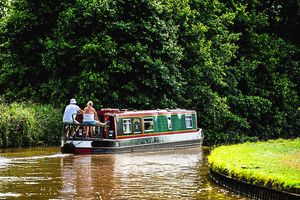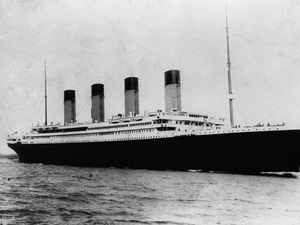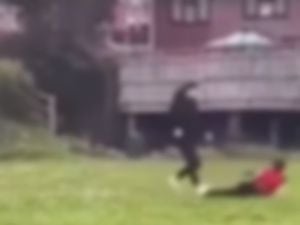Star comment: Canals are grand for us to enjoy
Those who do not delve into the history of Shropshire often find it surprising how industrialised the rural landscape of the county was.

And we are not just talking about the cradle of the industrial revolution in the Ironbridge Gorge, but out in the countryside, with its fields, trees, and rolling hills.
There were ropeways, tramways, railways, mines – and also canals. Much has disappeared so completely that you would never know it had ever been there. Yet the canals have had a second life. Once they were at the cutting edge of industrial transport, the motorways of their age, carrying taking heavy cargoes from place to place, loaded on barges and towed by horses.
They were magnificent achievements of engineering which drew on the skills of people like Thomas Telford to help create the infrastructure.
Today the canals can be enjoyed by a modern generation. Instead of the toil and hardship which came with their original functional use, there is leisure and pleasure, a wonderful asset for locals and visitors alike.
And while canals in an urban setting have their own interest, in Shropshire they carve their way across a beautiful countryside. The Llangollen Canal is one of the most picturesque in the entire network.
With the approaching winter, their leisure use is winding down, and there is the opportunity for the engineers and specialists from the Canal & River Trust to do essential maintenance and repairs, which will include work on both the Shropshire Union Canal and the Llangollen Canal.
The canals are part of Shropshire’s living heritage. There are locks and lift bridges of character which need looking after to keep if the network is to remain in good shape.
The canals movement has also seen proposals to revive long disused canals. One proposal would see the canal which once took barges from Newport into the heart of Shrewsbury recreated as a major tourist asset. While the vision is there, the practical problems are immense, as it is not as simple as digging out the line of the old canal. In places it would mean creating completely new stretches.
There are parts of the system which are wildlife corridors, where you might see, for instance, a kingfisher skimming low over the water in a flash of brilliant blue, and others which are less wildlife-sensitive - vertical metal canal banks are not good for birds and creatures which burrow.
Shropshire’s canals are just one facet of this county’s good luck. Through the efforts of canal workers, volunteers, and visionaries with dreams, may this good luck long continue.





